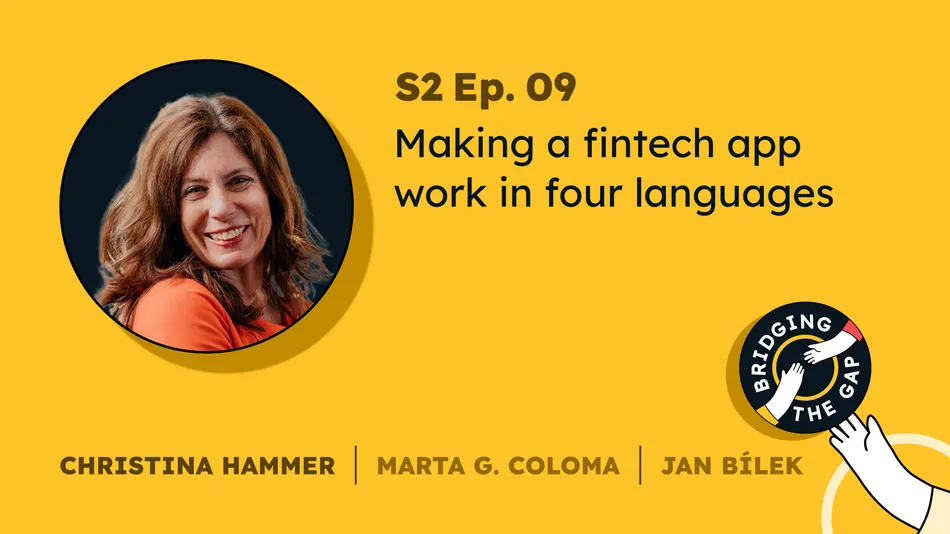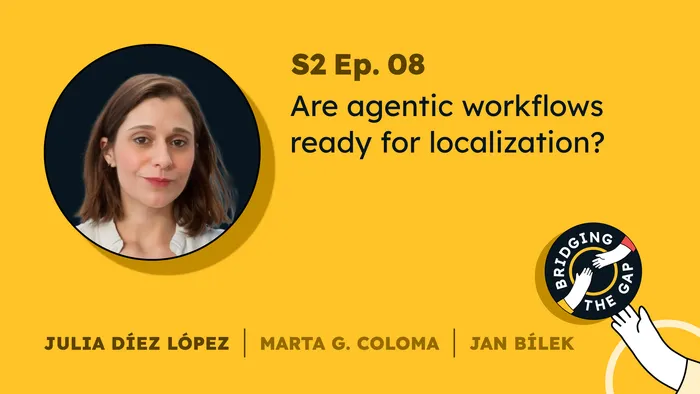A common misconception among startups is that multilingual support is a complementary feature they can add later on. For Christina Hammer, CEO of the Swiss-German fintech app Clanq, language was the foundation of a good launch when they introduced the product in Switzerland.
In this episode of Bridging the Gap, Christina joins Marta G. Coloma and Jan Bílek to share how Clanq launched on four languages from day one, what went wrong (like formal French copy no one reviewed), and how working with Mindnow and Localazy helped them scale without compromising on clarity or trust.
📝 The highlights 🔗
Localization was a trust decision 🔗
Switzerland is unique: four national languages, strict financial regulations, and high customer expectations. Christina knew that offering only one or two languages wasn’t an option. "It's a banking app. If it’s not in your language, it doesn’t feel Swiss, it doesn’t feel secure," she says. That decision impacted nearly everything, from UX to onboarding flows.
Skip the “developer English” 🔗
One of the biggest lessons? Never let internal dev copy go straight into production. Christina’s team realized late that their French copy, meant to be informal and family-friendly, had been translated using formal language throughout. Fixing it meant rewriting every string manually. “Now we review every design before it’s developed — not after.”
Build a solid first iteration first 🔗
If she could do it again, Christina wouldn’t start translating all the materials at once. Instead, she’d build one full version first, and only then translate it to all the languages. “Doing it in four languages from the start made the iteration slower and more expensive.”
Set internal language standards ASAP 🔗
Christina’s team uses a shared document, a simple style guide, across departments and partners to keep terminology consistent. Everything from feature names to partner communication goes through the same language lens. This was indispensable when working with agencies, cashback partners, and banks.
🌟 Star quote 🔗
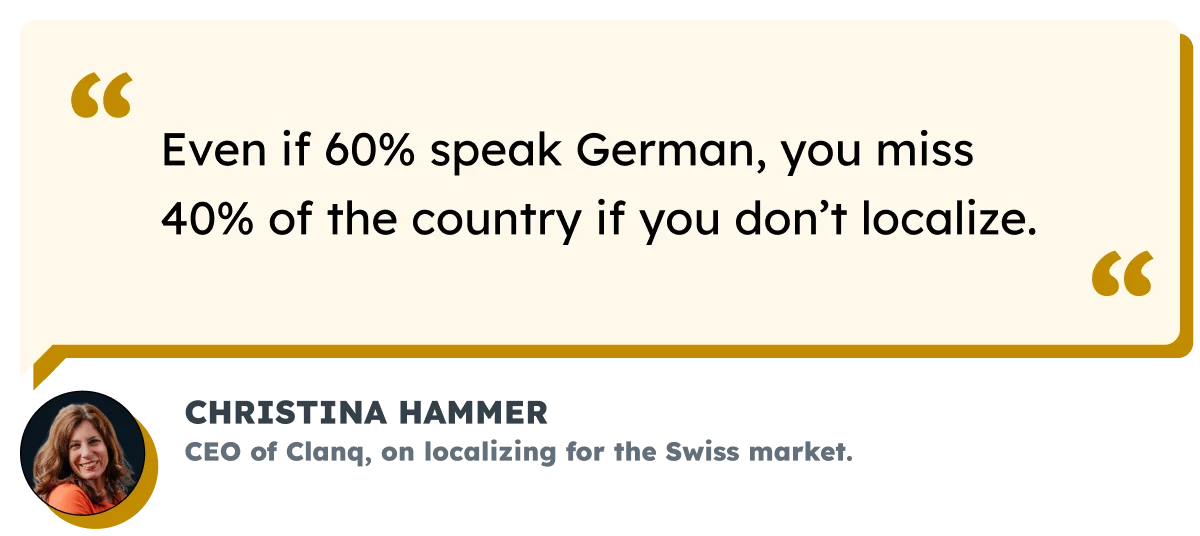
🎙️ Watch & listen 🔗
YouTube 🔗
Spotify 🔗
🗞️ Additional resources 🔗
- Family banking in Switzerland: Launch of the Clanq app
- The Real Product Work by Jan Bílek
- Articles on Clanq from Christina
📹 Related episodes 🔗
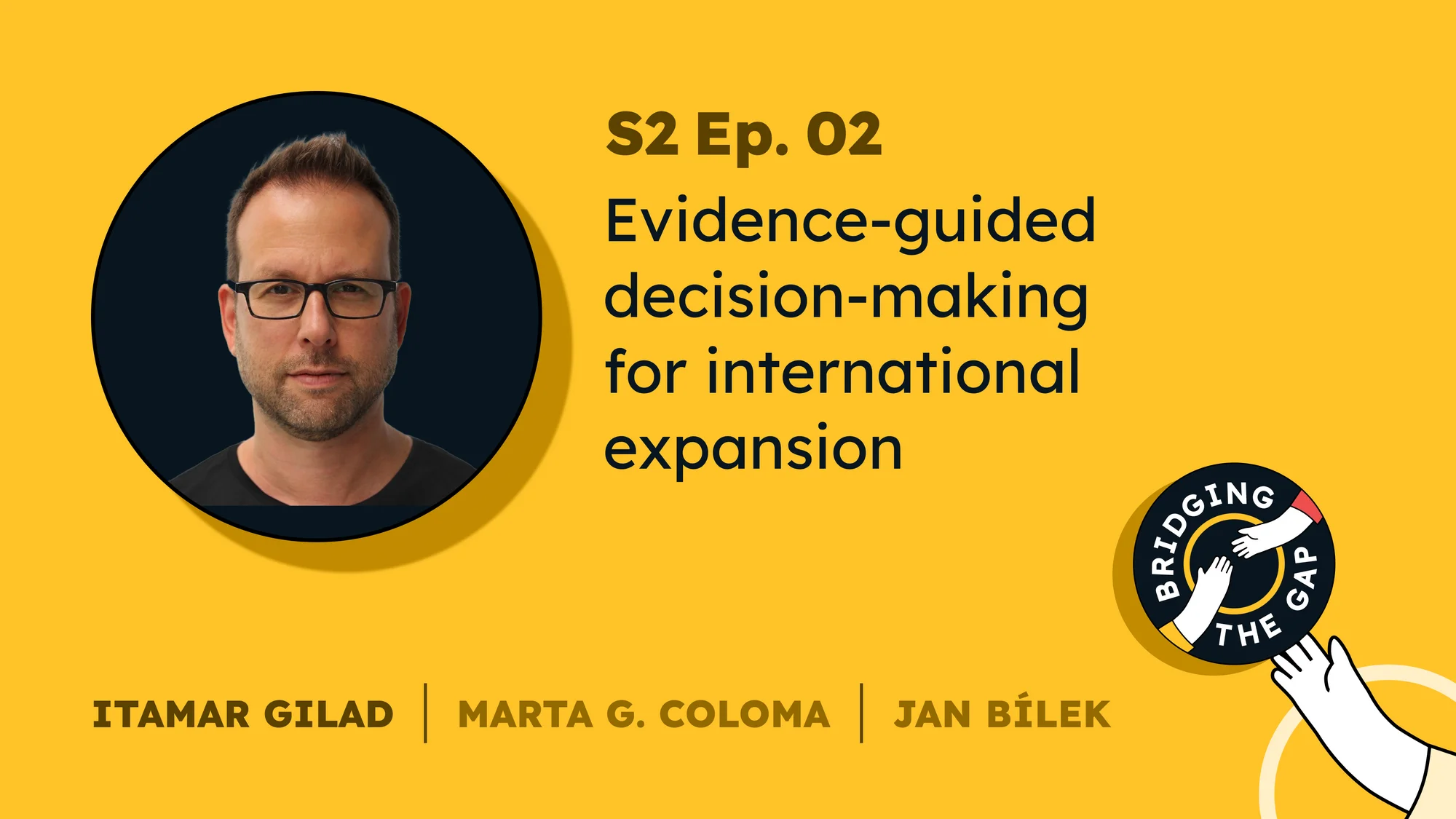
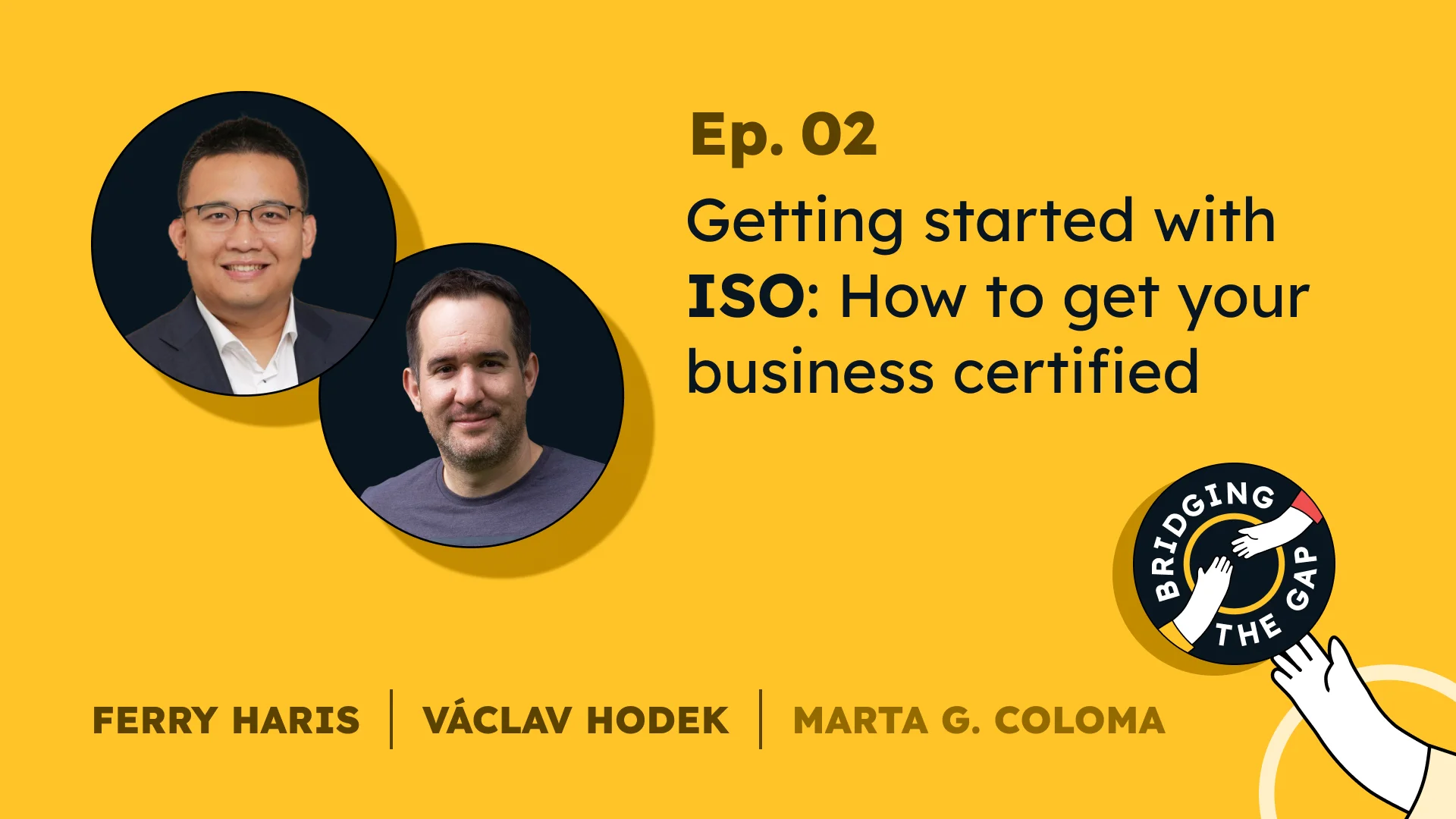
📲 Follow Bridging the Gap on LinkedIn to catch the next episode!
💌 Connect with the guest & hosts 🔗
📚 More on the blog 🔗
If your product's eye is set on Switzerland's neighbors, we got you! 👁️ Our guide covering the German market explains what to watch out for when translating for German speakers, from legal rules and payment habits to dialects and everyday expectations:
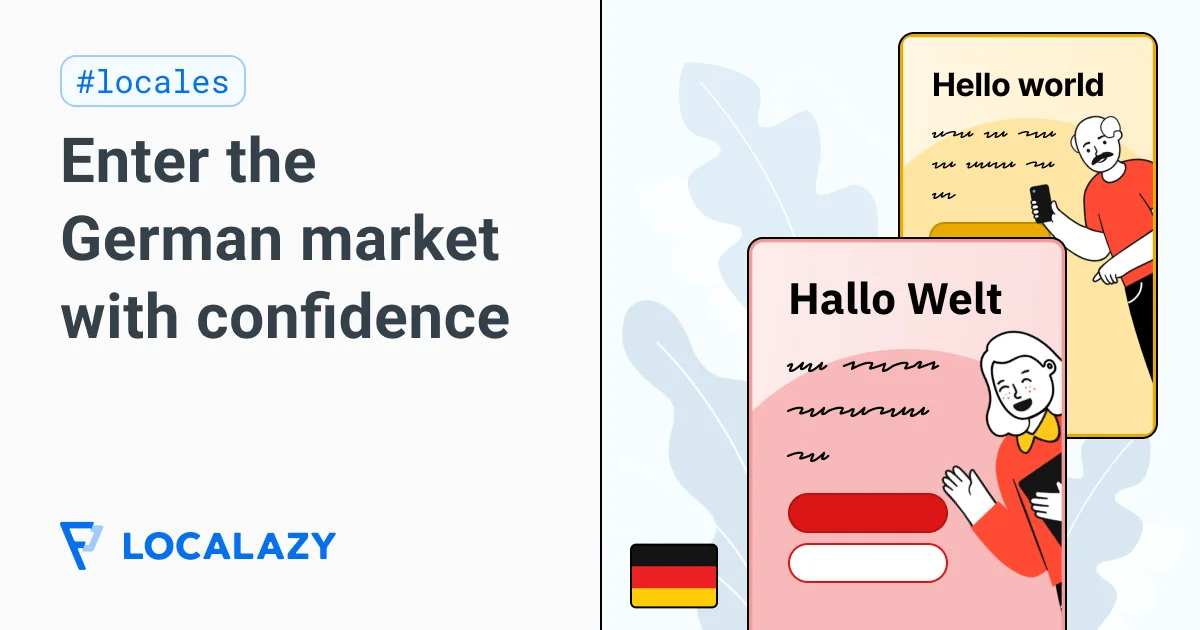
🚀 About Localazy 🔗
Localazy is a translation platform that helps teams manage multilingual content with clarity and control. Built for developers and management teams, it simplifies updates, reduces manual work, and keeps your product language consistent across languages.
Try Localazy for free and see how it fits into your workflow.
